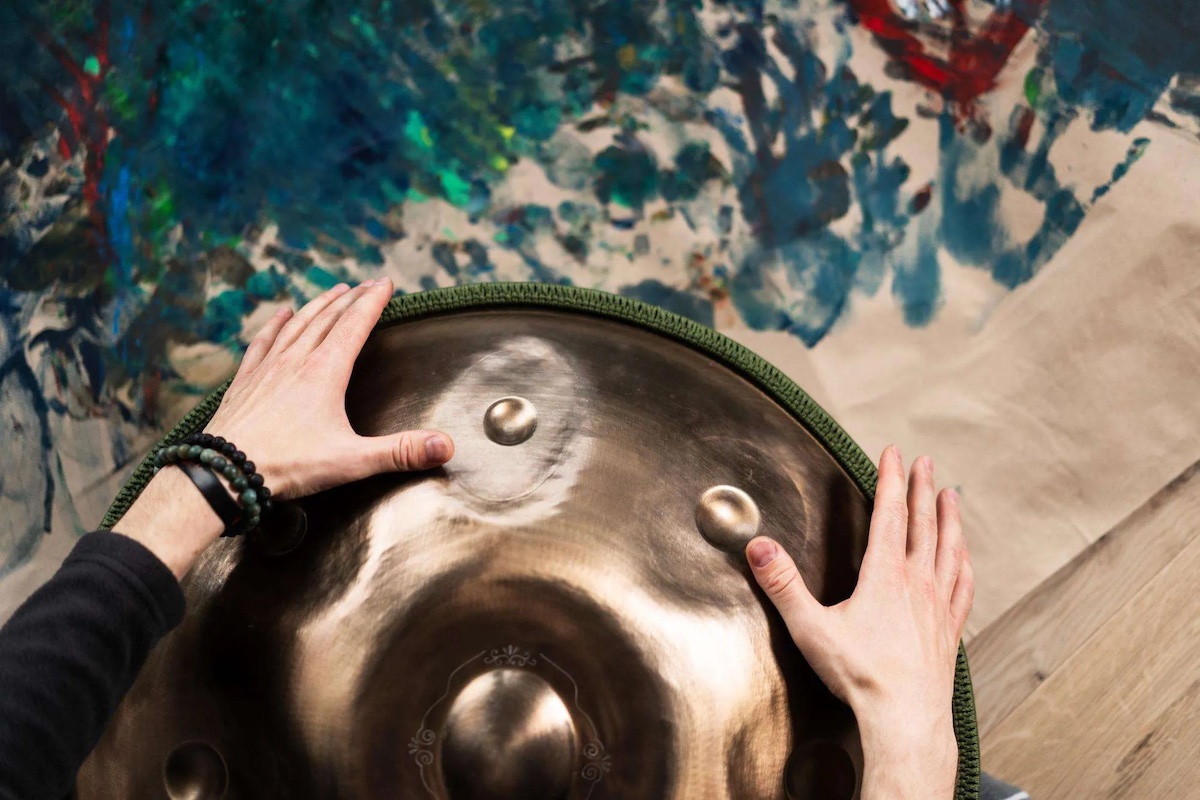Learning the Handpan: History, Tuning & Easy Lesson Payments

The handpan is a mesmerizing musical instrument that has captivated musicians and audiences around the world with its unique, ethereal sound. Its combination of rhythmic percussive tones and melodic harmonies creates an enchanting musical experience unlike any other. For music teachers offering handpan lessons, finding the right payment terminal is just as important as mastering their craft, ensuring smooth transactions and an excellent student experience.
Handpan History and Origins
Many people wonder, “When was the handpan invented?” The handpan is a relatively modern instrument compared to other percussion instruments. It was invented in 2000 by Felix Rohner and Sabina Schärer of PANArt, a company based in Bern, Switzerland. Inspired by the steelpan from Trinidad and Tobago and other traditional percussive instruments, they created what is now known as the Hang, the first commercially available handpan.
The instrument quickly gained popularity due to its calming, meditative sounds and the ability to be played without prior musical training. Over the years, it evolved into various designs and became widely known as the handpan, sparking global interest and creating entire communities dedicated to its music.
How Does a Handpan Work?
A handpan is a convex steel drum with tone fields hammered into its surface. These fields create specific pitches when struck with the hands, producing a melodic and percussive sound.
Handpan Tuning
Each handpan is uniquely tuned to a specific scale or mode, such as D minor or Celtic minor. Handpan tuning is a meticulous process involving shaping and tempering steel to achieve perfect resonance. This customization allows players to choose instruments that match their desired sound and mood. Some are tuned to evoke calm and relaxation, while others are designed for bright, uplifting tones.
Why People Love Playing the Handpan
- Accessible for Beginners: You don’t need advanced musical training to create beautiful sounds.
- Therapeutic Benefits: The soothing tones make it popular for meditation, yoga, and relaxation practices.
- Portable and Unique: Lightweight and easy to carry, the handpan is perfect for outdoor sessions or traveling musicians.
- Creative Freedom: With no rigid rules, players can easily create their own rhythms and melodies.
Handpan Lessons and Teaching Opportunities
The rise in popularity of the handpan has increased demand for teachers who can guide new players. Many music instructors now offer private lessons, workshops, and group sessions focused on handpan technique, rhythm, and improvisation.
Choosing the Right Payment Terminal for Teaching
For handpan teachers selling lessons in person, choosing the right payment terminal is essential to provide a seamless experience for students.
Key Features to Look For:
- Portability: Ideal for teachers who give lessons at multiple locations or in students’ homes.
- Contactless Payments: Allow students to pay easily with tap-to-pay cards, phones, or smartwatches.
- Integration with Scheduling Tools: Useful for managing bookings and tracking payments.
- Affordable Transaction Fees: Important for small teaching businesses.
Recommended Payment Terminals:
- Square Terminal: Compact, easy to use, and integrates with scheduling apps.
- Clover Flex: Offers advanced features for managing appointments and processing payments on the go.
- PayPal Zettle: Great for teachers already using PayPal for online transactions and invoicing.
The handpan is more than just an instrument—it’s a way to connect with music on a deep, intuitive level. Learning about handpan history, understanding handpan tuning, and even knowing when was the handpan invented enriches the experience of both players and students.
For teachers, pairing musical passion with modern, portable, and contactless payment solutions ensures students can pay quickly and conveniently, allowing instructors to focus on what matters most: teaching the art and joy of handpan playing.
